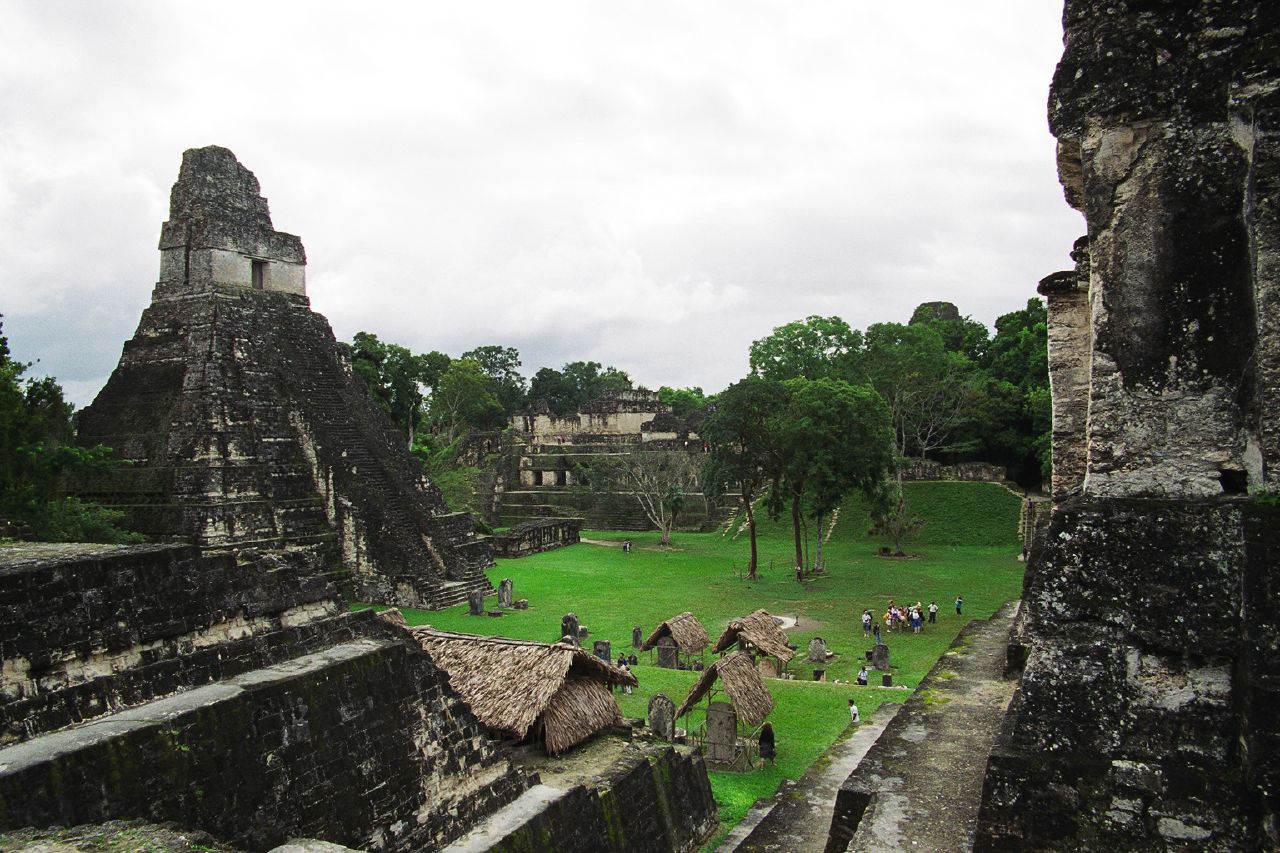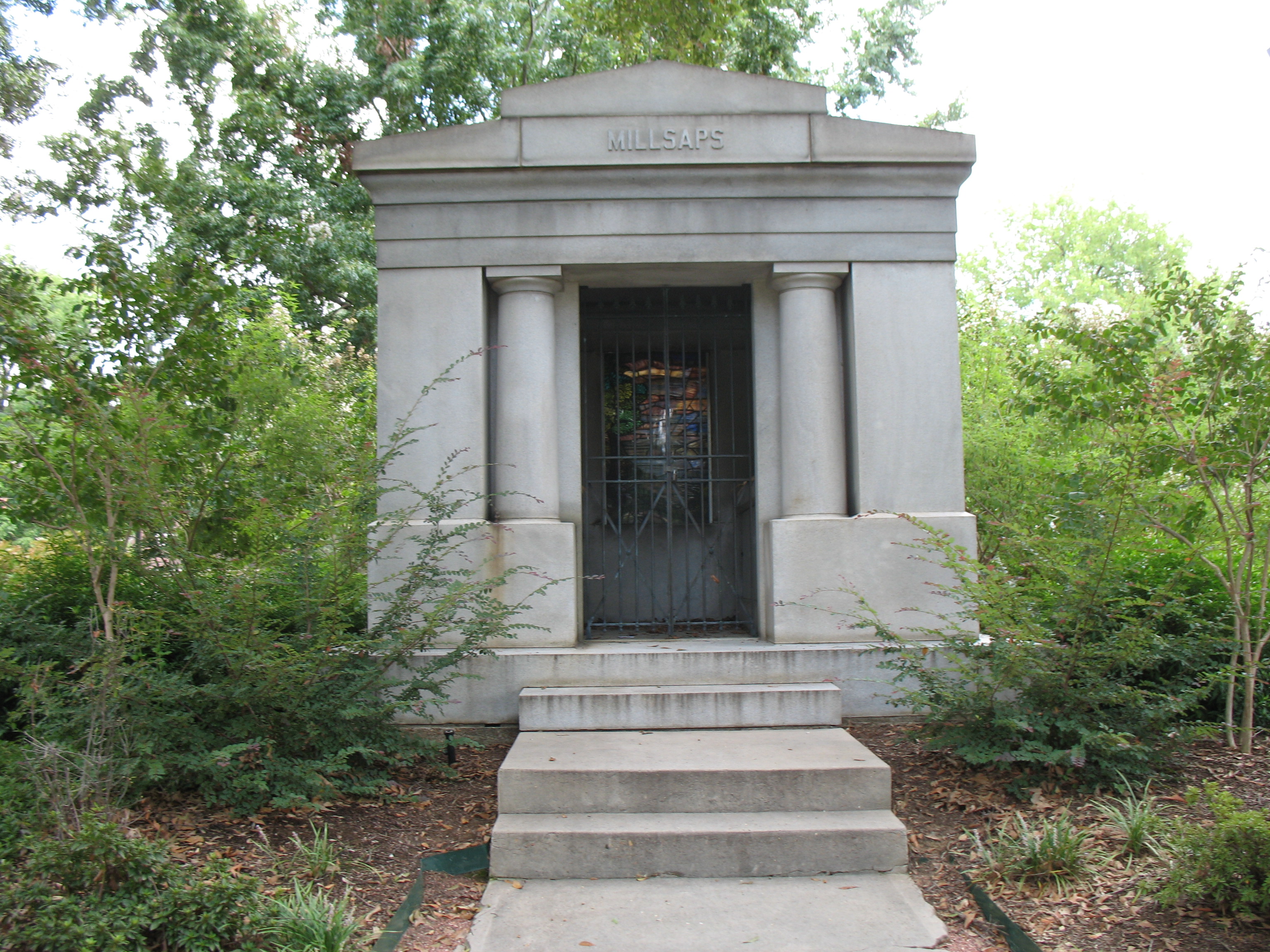|
Kiuic
Kiuic is a Maya archaeological site in the Puuc region of Yucatán, Mexico. History Kiuic ( ) was a Maya city of the Late and Terminal s, with evidence of earlier occupation. It was abandoned by the Maya around 880 CE. The site is well-preserved, and in that regard compared by archaeologists to Pompeii. Archaeology First documented in print by John Lloyd Stephens and Frederick Catherwood in 1843, the site was visited by later Mayanists including Teoberto Maler. The site has been under-going archaeological exploration since 2000, in part by Millsaps College archaeologists. Kiuic was extensively discussed in a PBS Nova and National Geographic ''National Geographic'' (formerly the ''National Geographic Magazine'', sometimes branded as NAT GEO) is a popular American monthly magazine published by National Geographic Partners. Known for its photojournalism, it is one of the most widely ... special. References External links 2005 Archeological report (PDF) Maya sites i ... [...More Info...] [...Related Items...] OR: [Wikipedia] [Google] [Baidu] |
Puuc
Puuc is the name of either a region in the Mexican state of Yucatán or a Maya architectural style prevalent in that region. The word ''puuc'' is derived from the Maya term for "hill". Since the Yucatán is relatively flat, this term was extended to encompass the large karstic range of hills in the southern portion of the state, hence, the terms Puuc region or Puuc hills. The Puuc hills extend into northern Campeche and western Quintana Roo. The term Puuc is also used to designate the architectural style of ancient Maya sites located within the Puuc hills, hence, the term Puuc architecture. This architectural style began at the end of the Late Classic period but experienced its greatest extent during the Terminal Classic period. Puuc architecture In the florescence of Puuc architecture (such as at the ancient Maya site of Uxmal) buildings were decorated with carefully cut veneer stones set into a concrete core. The lower portion of the façades are blank with a flat surf ... [...More Info...] [...Related Items...] OR: [Wikipedia] [Google] [Baidu] |
Maya Civilization
The Maya civilization () of the Mesoamerican people is known by its ancient temples and glyphs. Its Maya script is the most sophisticated and highly developed writing system in the pre-Columbian Americas. It is also noted for its art, architecture, mathematics, calendar, and astronomical system. The Maya civilization developed in the Maya Region, an area that today comprises southeastern Mexico, all of Guatemala and Belize, and the western portions of Honduras and El Salvador. It includes the northern lowlands of the Yucatán Peninsula and the highlands of the Sierra Madre, the Mexican state of Chiapas, southern Guatemala, El Salvador, and the southern lowlands of the Pacific littoral plain. Today, their descendants, known collectively as the Maya, number well over 6 million individuals, speak more than twenty-eight surviving Mayan languages, and reside in nearly the same area as their ancestors. The Archaic period, before 2000 BC, saw the first developments in agricul ... [...More Info...] [...Related Items...] OR: [Wikipedia] [Google] [Baidu] |
Yucatán (state)
Yucatán (, also , , ; yua, Yúukatan ), officially the Free and Sovereign State of Yucatán,; yua, link=no, Xóot' Noj Lu'umil Yúukatan. is one of the 31 states which comprise the federal entities of Mexico. It comprises 106 separate municipalities, and its capital city is Mérida. It is located on the northern part of the Yucatán Peninsula. It is bordered by the states of Campeche to the southwest and Quintana Roo to the southeast, with the Gulf of Mexico off its northern coast. Before the arrival of Spaniards in the Yucatán Peninsula, the name of this region was ''Mayab''. In the Yucatec Maya language, ''mayab'' means "flat", and is the source of the word "Maya" itself. The peninsula was a very important region for the Maya civilization, which reached the peak of its development here, where the Mayans founded the cities of Chichen Itza, Izamal, Motul, Mayapan, Ek' Balam and Ichcaanzihóo (also called Ti'ho), now Mérida. After the Spanish conquest of Yucatán (e ... [...More Info...] [...Related Items...] OR: [Wikipedia] [Google] [Baidu] |
Mexico
Mexico (Spanish: México), officially the United Mexican States, is a country in the southern portion of North America. It is bordered to the north by the United States; to the south and west by the Pacific Ocean; to the southeast by Guatemala, Belize, and the Caribbean Sea; and to the east by the Gulf of Mexico. Mexico covers ,Mexico ''''. . making it the world's 13th-largest country by are ... [...More Info...] [...Related Items...] OR: [Wikipedia] [Google] [Baidu] |
Maya City
Maya cities were the centres of population of the pre-Columbian Maya civilization of Mesoamerica. They served the specialised roles of administration, commerce, manufacturing and religion that characterised ancient cities worldwide.Sharer & Traxler 2006, p.71. Maya cities tended to be more dispersed than cities in other societies, even within Mesoamerica, as a result of adaptation to a lowland tropical environment that allowed food production amidst areas dedicated to other activities. They lacked the grid plans of the highland cities of central Mexico, such as Teotihuacán and Tenochtitlan. Maya kings ruled their kingdoms from palaces that were situated within the centre of their cities.Martin & Grube 2000, p.15. Cities tended to be located in places that controlled trade routes or that could supply essential products.Sharer & Traxler 2006, p.85. This allowed the elites that controlled trade to increase their wealth and status. Such cities were able to construct temples for pub ... [...More Info...] [...Related Items...] OR: [Wikipedia] [Google] [Baidu] |
Pompeii
Pompeii (, ) was an ancient city located in what is now the ''comune'' of Pompei near Naples in the Campania region of Italy. Pompeii, along with Herculaneum and many villas in the surrounding area (e.g. at Boscoreale, Stabiae), was buried under of volcanic ash and pumice in the Eruption of Mount Vesuvius in 79 AD. Largely preserved under the ash, the excavated city offered a unique snapshot of Roman life, frozen at the moment it was buried, although much of the detailed evidence of the everyday life of its inhabitants was lost in the excavations. It was a wealthy town, with a population of ca. 11,000 in AD 79, enjoying many fine public buildings and luxurious private houses with lavish decorations, furnishings and works of art which were the main attractions for the early excavators. Organic remains, including wooden objects and human bodies, were interred in the ash. Over time, they decayed, leaving voids that archaeologists found could be used as moulds to make plaste ... [...More Info...] [...Related Items...] OR: [Wikipedia] [Google] [Baidu] |
John Lloyd Stephens
John Lloyd Stephens (November 28, 1805October 13, 1852) was an American explorer, writer, and diplomat. Stephens was a pivotal figure in the rediscovery of Maya civilization throughout Middle America and in the planning of the Panama railroad. Early life John Lloyd Stephens was born November 28, 1805, in the township of Shrewsbury, New Jersey. He was the second son of Benjamin Stephens, a successful New Jersey merchant, and Clemence Lloyd, daughter of an eminent local judge. The following year the family moved to New York City. There Stephens received an education in the Classics at two privately tutored schools. At the age of 13 he enrolled at Columbia College, graduating at the top of his class four years later in 1822. After studying law with an attorney for a year, he attended the Litchfield Law School. He passed the bar exam after completing his course of study, and practiced in New York City. Stephens embarked on a journey through Europe in 1834, and went on to Egypt an ... [...More Info...] [...Related Items...] OR: [Wikipedia] [Google] [Baidu] |
Frederick Catherwood
Frederick Catherwood (27 February 1799 – 27 September 1854) was an English artist, architect and explorer, best remembered for his meticulously detailed drawings of the ruins of the Maya civilization. He explored Mesoamerica in the mid 19th century with writer John Lloyd Stephens. Their books, ''Incidents of Travel in Central America, Chiapas and Yucatán'' and ''Incidents of Travel in Yucatán'', were best sellers and introduced to the Western world the civilization of the ancient Maya. In 1837, Catherwood was elected into the National Academy of Design as an Honorary member. Mediterranean travels Catherwood, having made many trips to the Mediterranean between 1824 and 1832 to draw the monuments made by the Egyptians, Carthaginians, and Phoenicians, stated that the monuments in the Americas bear no architectural similarity to those in the Old World. Thus, they must have been made by the native people of the area. Catherwood made visits to Greece, Turkey, Egypt, and Pales ... [...More Info...] [...Related Items...] OR: [Wikipedia] [Google] [Baidu] |
Teoberto Maler
Teobert Maler, later Teoberto (12 January 1842 – 22 November 1917) was an explorer who devoted his energies to documenting the ruins of the Maya civilization. Biography Teobert Maler was born in Rome to German parents. His father was a diplomat for the Duchy of Baden. Maler studied architecture and engineering in Karlsruhe, then at the age of 21 moved to Vienna where he took a job with architect Heinrich von Ferstel, and became an Austrian citizen. He was eager to see more of the world and went to Mexico as a soldier with Emperor Maximilian. He rose from Cadet to Captain. After surrendering to the Mexican Republican forces, Maler opted to stay in Mexico rather than being exiled back to Europe. Maler later obtained Mexican citizenship and changed his first name to "Teoberto", more easily pronounced in the Spanish language. Maler developed interests in photography and in the antiquities of Mesoamerica. In 1876 he made detailed photos of the structures at Mitla. In the summe ... [...More Info...] [...Related Items...] OR: [Wikipedia] [Google] [Baidu] |
Millsaps College
Millsaps College is a private liberal arts college in Jackson, Mississippi. It was founded in 1890 and is affiliated with the United Methodist Church. History The college was founded in 1889–90 by a Confederate veteran, Major Reuben Webster Millsaps, who donated the land for the college and $50,000. Dr. William Belton Murrah was the college's first president, and Bishop Charles Betts Galloway of the Methodist Episcopal Church South organized the college's early fund-raising efforts. Both men were honored with halls named in their honor. Major Millsaps and his wife are interred in a tomb near the center of campus. The current United Methodist Church continues to affiliate with the college. Navy V-12 program Millsaps was chosen as one of 131 sites for the training of Navy and Marine officers in the V-12 Navy College Training Program. In April 1943, 380 students arrived for the Navy V-12 program offering engineering, pre-medical and pre- dental training. Thereafter Millsaps beg ... [...More Info...] [...Related Items...] OR: [Wikipedia] [Google] [Baidu] |
Nova (American TV Series)
''Nova'' (stylized as ''NOVΛ'') is an American popular science television program produced by WGBH in Boston, Massachusetts, since 1974. It is broadcast on PBS in the United States, and in more than 100 other countries. The program has won many major television awards. ''Nova'' often includes interviews with scientists doing research in the subject areas covered and occasionally includes footage of a particular discovery. Some episodes have focused on the history of science. Examples of topics covered include the following: Colditz Castle, the Drake equation, elementary particles, the 1980 eruption of Mount St. Helens, Fermat's Last Theorem, the AIDS epidemic, global warming, moissanite, Project Jennifer, storm chasing, Unterseeboot 869, Vinland, Tarim mummies, and the COVID-19 pandemic. The ''Nova'' programs have been praised for their pacing, writing, and editing. Websites that accompany the segments have also won awards. Episodes History ''Nova'' was first aired o ... [...More Info...] [...Related Items...] OR: [Wikipedia] [Google] [Baidu] |









